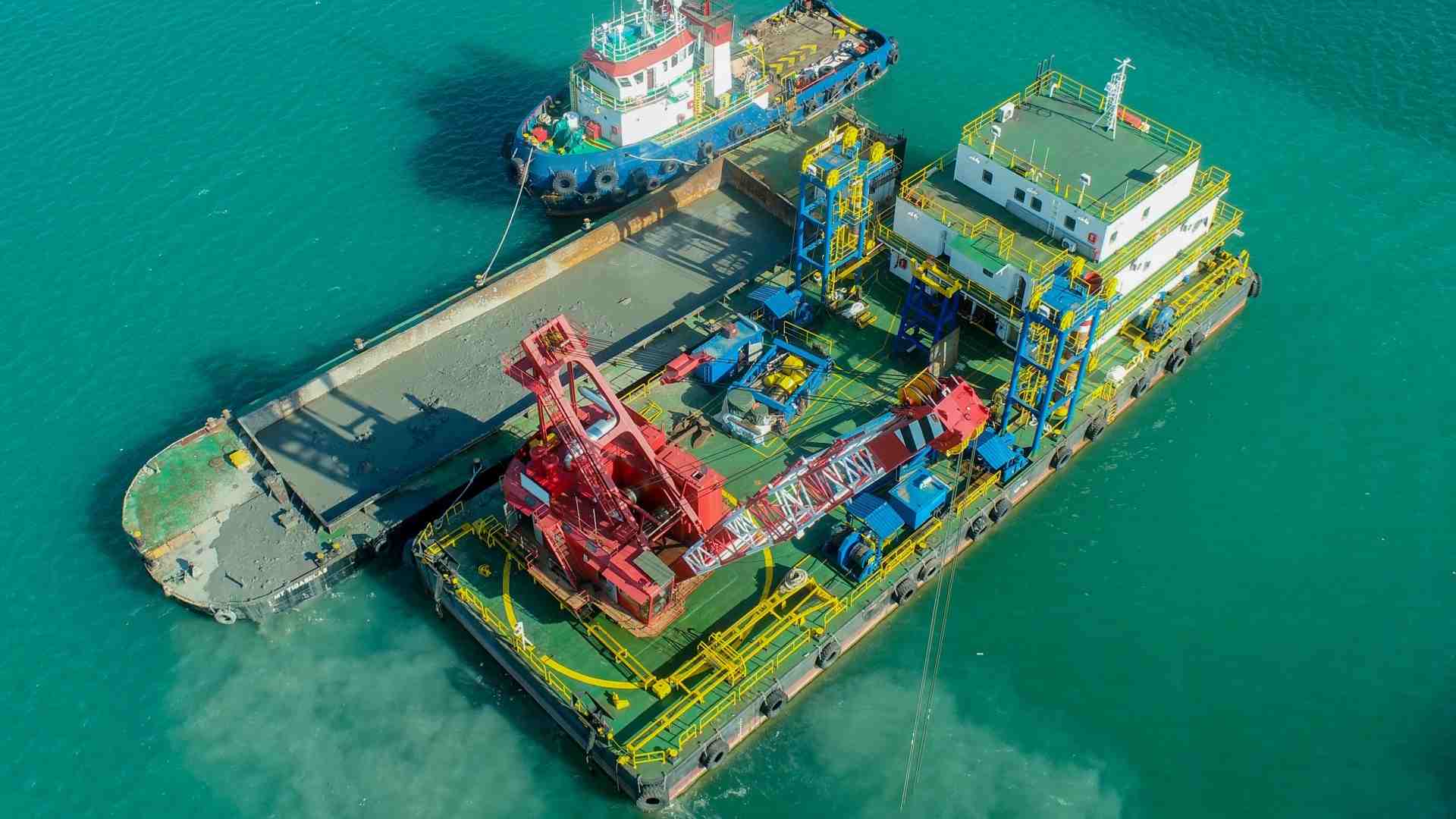Introduction
Groundwater depletion has become one of the most pressing challenges of the 21st century. While climate change dominates global conversations about rising seas, an equally urgent and often overlooked factor is the steady decline of aquifers. When groundwater is withdrawn faster than it can be replenished, it not only contributes to sea level rise but also triggers land subsidence—causing far-reaching environmental, economic, and social consequences.
In this context, waterway dredging emerges as a surprisingly practical tool. Far from being a mere maintenance operation, dredging has the potential to restore rivers, deltas, and canals, balance ecological systems, and even help communities adapt to groundwater scarcity. To understand this connection, we must look at both the science of groundwater depletion and the role of dredging in long-term water management.
The Link Between Groundwater Depletion and Rising Seas
Recent studies have found that groundwater depletion contributes nearly 0.7 millimeters per year to global sea level rise—roughly equivalent to the annual contribution from Greenland’s melting ice sheet. While this figure may sound small, the cumulative effect is significant. Over the course of a century, unchecked groundwater pumping could lead to several centimeters of additional sea level rise.
But the impact is not limited to the oceans. On land, excessive pumping causes subsidence, which lowers the ground surface. This process has been documented in regions such as California’s San Joaquin Valley, parts of Mexico City, and across Asia’s densely populated deltas. Subsidence damages infrastructure, reduces agricultural productivity, and makes communities more vulnerable to flooding.
Where Waterway Dredging Fits In
At first glance, waterway dredging may seem unrelated to groundwater issues. Traditionally, dredging is seen as a method to deepen navigation channels, remove silt, and maintain ports. Yet, when we look at the broader picture of hydrology and water resource management, dredging plays a crucial role in mitigating the very challenges caused by groundwater depletion.
1. Restoring Natural Water Flow
Sediment buildup in rivers and deltas restricts water flow, reducing the capacity of waterways to carry stormwater or support ecosystems. By removing accumulated silt through dredging, channels regain their natural depth, allowing for improved flow and storage. This, in turn, reduces the need for excessive groundwater pumping during dry periods by improving access to surface water resources.
2. Supporting Aquifer Recharge
In many regions, dredged waterways can be engineered to help recharge aquifers. Deeper, well-maintained channels allow water to infiltrate surrounding soils more effectively. This reduces the imbalance between groundwater withdrawal and natural replenishment, helping to stabilize aquifers over time.
3. Preventing Flooding in Subsiding Areas
Land subsidence worsens the risk of floods. Restored waterways act as buffers, creating more capacity to manage high rainfall and runoff events. Through waterway dredging, communities in low-lying regions can maintain deeper channels to hold and redirect excess water—an essential adaptation strategy in subsiding landscapes.
4. Reviving Fisheries and Ecology
Many aquatic species require cool, oxygen-rich, deeper waters to thrive. Silted channels are often shallow, warm, and hostile to fish populations. Dredging can recreate deeper pathways, improving habitats for fish and other aquatic life while also supporting biodiversity. Healthy waterways, in turn, support food systems and local economies.
Case Study: California’s Delta
The Sacramento–San Joaquin Delta provides a clear example of how dredging could help balance water management. Decades of groundwater pumping in California’s Central Valley have led to subsidence, reducing the region’s resilience to droughts and floods. At the same time, the delta channels have silted up, with many areas shrinking from historic depths of 10–12 feet to as little as 2–4 feet.
This shallow water environment stresses fish populations such as salmon and smelt, which rely on cooler, deeper waters. Restoring the delta through targeted waterway dredging could simultaneously improve fish habitats, create greater water-carrying capacity, and allow more water to be routed back to farmers for irrigation. By reducing dependence on groundwater, dredging could help slow subsidence while restoring ecological balance.
Balancing Ecology and Human Needs
Critics often worry that dredging disrupts ecosystems. While it is true that poorly planned dredging can stir up contaminants or disturb habitats, modern environmental dredging techniques are far more precise. Hydraulic dredges and real-time monitoring systems can minimize turbidity and protect water quality. Moreover, when dredging is integrated into broader watershed management, it becomes a powerful tool for aligning human water use with ecological health.
This balance is essential. Agriculture, fisheries, and urban communities all depend on water systems that are both productive and resilient. By combining groundwater management policies with carefully designed waterway dredging projects, societies can reduce conflict between these interests and build long-term sustainability.
Looking Ahead
As the world grapples with groundwater depletion and rising seas, the conversation often centers on reducing greenhouse gas emissions or shifting to renewable energy. While these are vital goals, they do little to address the immediate crises of land subsidence, degraded waterways, and declining aquifers. Practical, locally effective strategies like dredging must be part of the solution set.
Waterway dredging is not a silver bullet. It cannot replace the need for careful groundwater management, agricultural efficiency, and improved urban water systems. But when applied thoughtfully, it offers multiple benefits at once: improved flood protection, restored ecosystems, enhanced surface water storage, and reduced reliance on groundwater.
Conclusions
Groundwater depletion is silently reshaping our planet, driving both land subsidence and sea level rise. While the problem is global, solutions often lie at the local level. Waterway dredging provides communities with a practical way to restore balance—deepening channels, reviving habitats, and reducing the pressures that force reliance on groundwater.
By integrating dredging into broader water resource strategies, we can move beyond alarmist rhetoric and embrace actionable solutions. In doing so, we not only safeguard our ecosystems but also secure the future of agriculture, fisheries, and cities that depend on healthy, functioning waterways.
